Chevrolet’s 302 Small Block engine is a legendary powerplant that has left a lasting impact on the automotive industry. Initially designed for the high-performance muscle cars of the late 1960s, the 302 Small Block remains a sought-after engine for enthusiasts and collectors. This exploration delves into the history of the 302 Small Block, the iconic cars it powered, and its current market value.
The Birth of the 302 Small Block
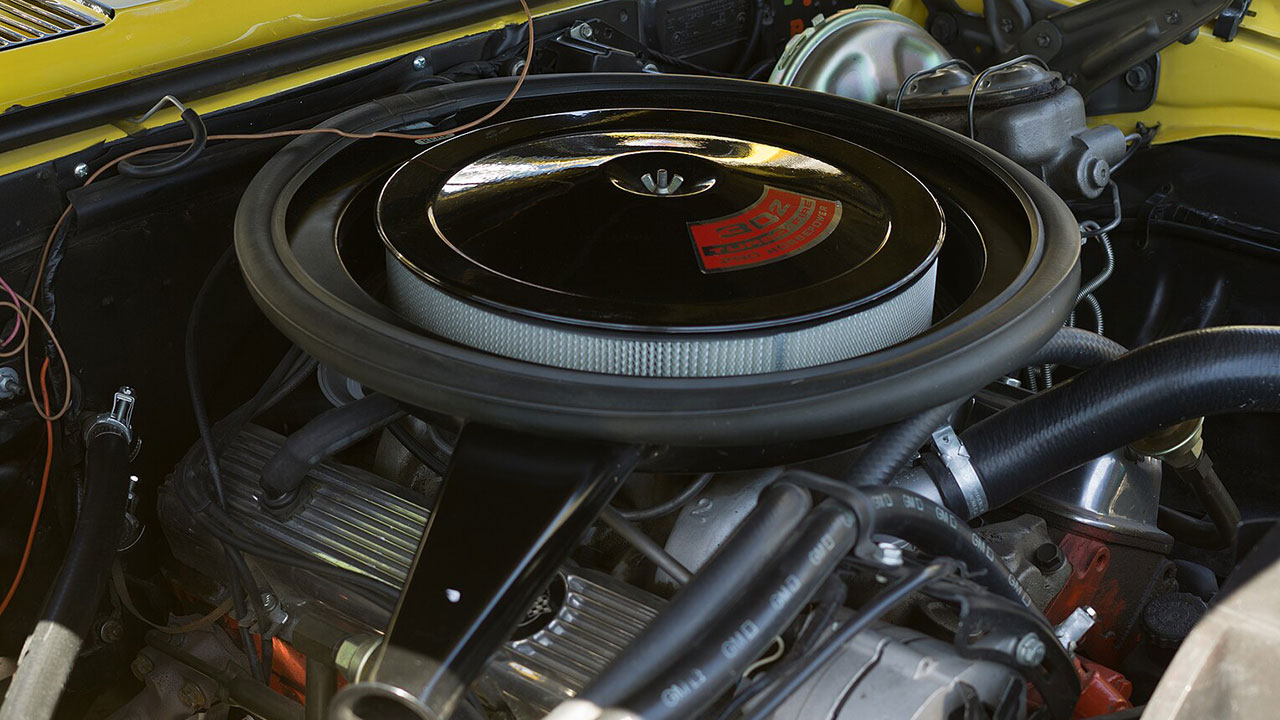
The late 1960s marked a golden era for muscle cars, and Chevrolet was keen to make its mark in the Trans-Am racing series. This racing series required engines no larger than 5.0 liters, which equaled about 302 cubic inches. Chevrolet engineers saw this as an opportunity to develop a high-performance engine that would not only meet the racing criteria but also stand out in performance and reliability. Thus, the 302 Small Block was born, combining the best attributes of the 327 engine’s cylinder block with the crankshaft from the 283 engine.
Technically, the 302 Small Block boasted a bore of 4 inches and a stroke of 3 inches, allowing it to rev higher and produce incredible power for its size. This configuration made it ideal for racing, where high-revving engines are essential for maximum performance. The engine’s robust design featured forged pistons and a solid lifter camshaft, further enhancing its reputation as a high-performance powerplant. The 302’s ability to rev beyond 7,000 RPMs set it apart, making it a formidable contender on the track and a beloved engine among enthusiasts.
Iconic Cars Powered by the 302
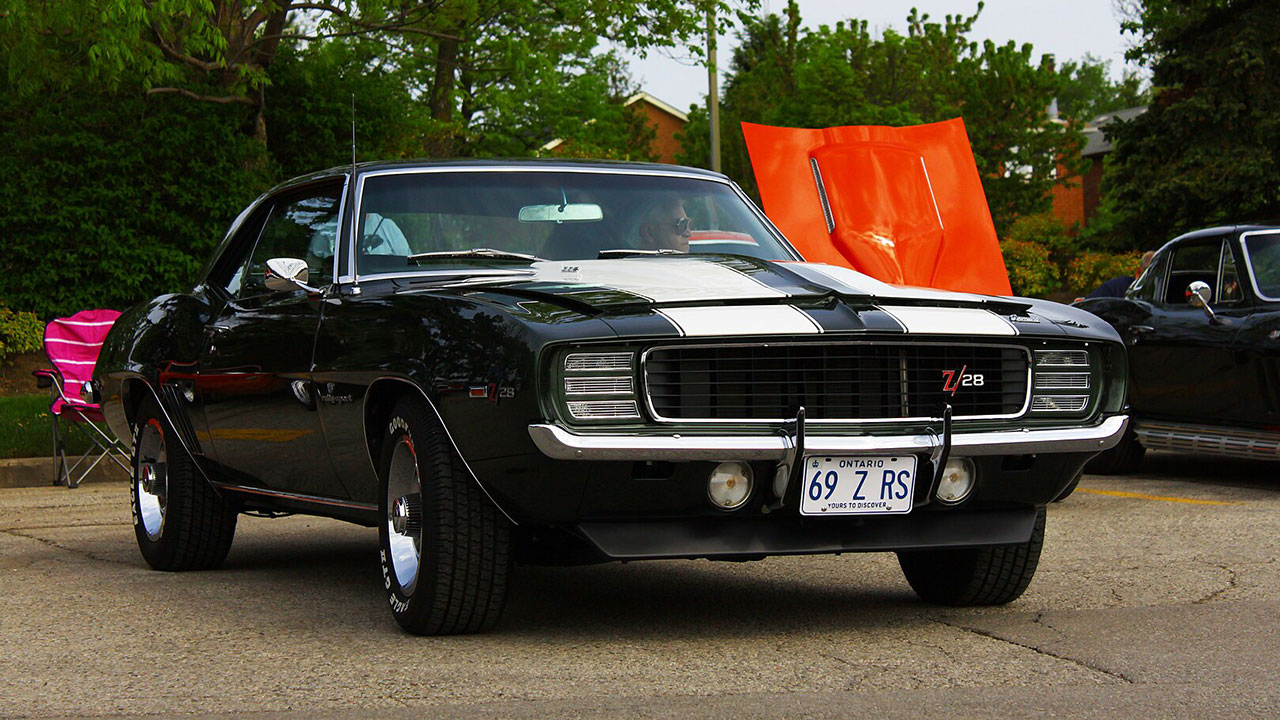
The Chevrolet Camaro Z/28 is the most iconic model to house the 302 Small Block under its hood. Launched in 1967 specifically for the Trans-Am series, the Z/28 quickly gained a reputation for its racing prowess and street performance. The combination of the 302 engine and the lightweight Camaro chassis proved to be a winning formula, with the Z/28 achieving significant success in the Trans-Am racing series throughout the late 1960s. The car’s handling and power made it a standout in the muscle car era, leaving a legacy that continues to resonate with collectors today.
While the Z/28 remains the primary model associated with the 302, a few other Chevrolet models and special editions also featured this engine. For instance, some limited-production models, like the 1969 Camaro ZL1, occasionally received the 302 as a dealer-installed option. These models often came with unique features or styling cues that distinguished them from standard offerings, adding to their desirability and collectibility among enthusiasts.
The 302 Small Block’s Legacy and Influence
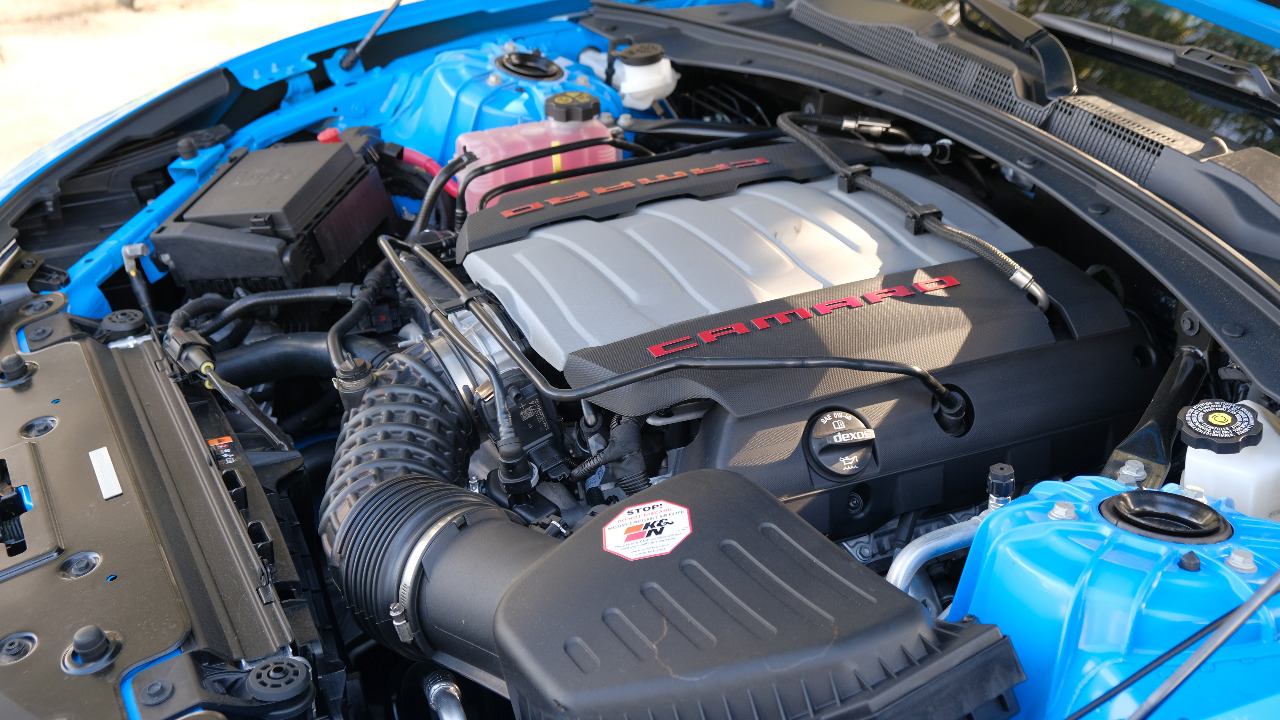
The 302 Small Block made a lasting impact on racing and performance standards, earning a reputation as a high-performance powerplant that could compete at the highest levels. Its success in Trans-Am racing cemented its status as a formidable engine, and its influence can still be felt in modern racing circles. The 302’s high-revving capabilities and robust design inspired subsequent generations of engines, not just from Chevrolet but across the automotive industry.
The legacy of the 302 Small Block extends beyond racing. It influenced future engine designs, leading to innovations in performance and efficiency. Chevrolet’s subsequent small-block engines, such as the LT1 and LS series, owe much to the groundwork laid by the 302. Additionally, modern tribute engines, like those available through aftermarket specialists, often draw inspiration from the legendary 302, showcasing its enduring appeal and influence.
Current Market Value and Collectibility
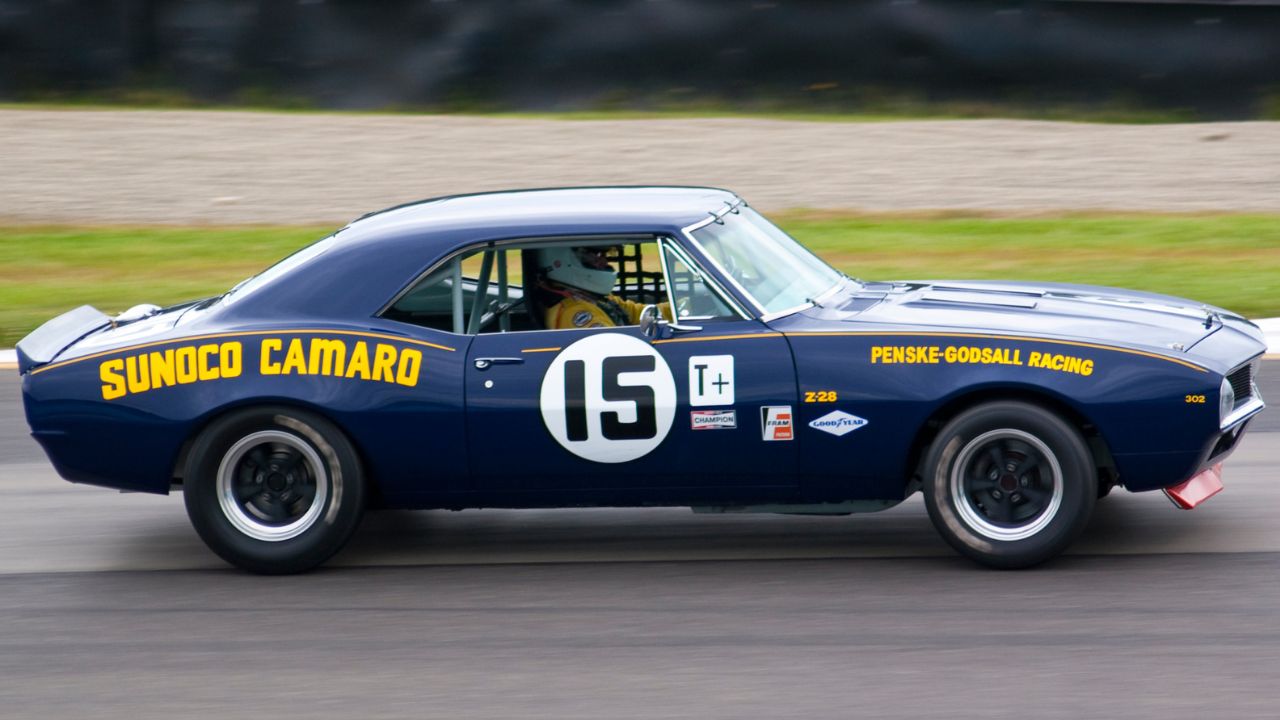
Several factors influence the current market value of cars equipped with the 302 Small Block, including rarity, condition, and originality. Cars with a documented racing history or notable ownership often command higher prices due to their provenance. The demand for these vehicles is also driven by nostalgia and the desire to own a piece of automotive history. As such, well-preserved and authentic examples of 302-equipped cars are highly sought after in the collector car market.
Recent auction results highlight the strong market for these vehicles. For instance, Mark Donohue’s 1967 Penske Camaro is an example of a 302-powered car with significant racing pedigree, demonstrating the premium prices these models can achieve. The influence of nostalgia and the growing interest in classic muscle cars have contributed to the appreciation of these vehicles, making them a valuable investment for collectors.
Preservation and Restoration
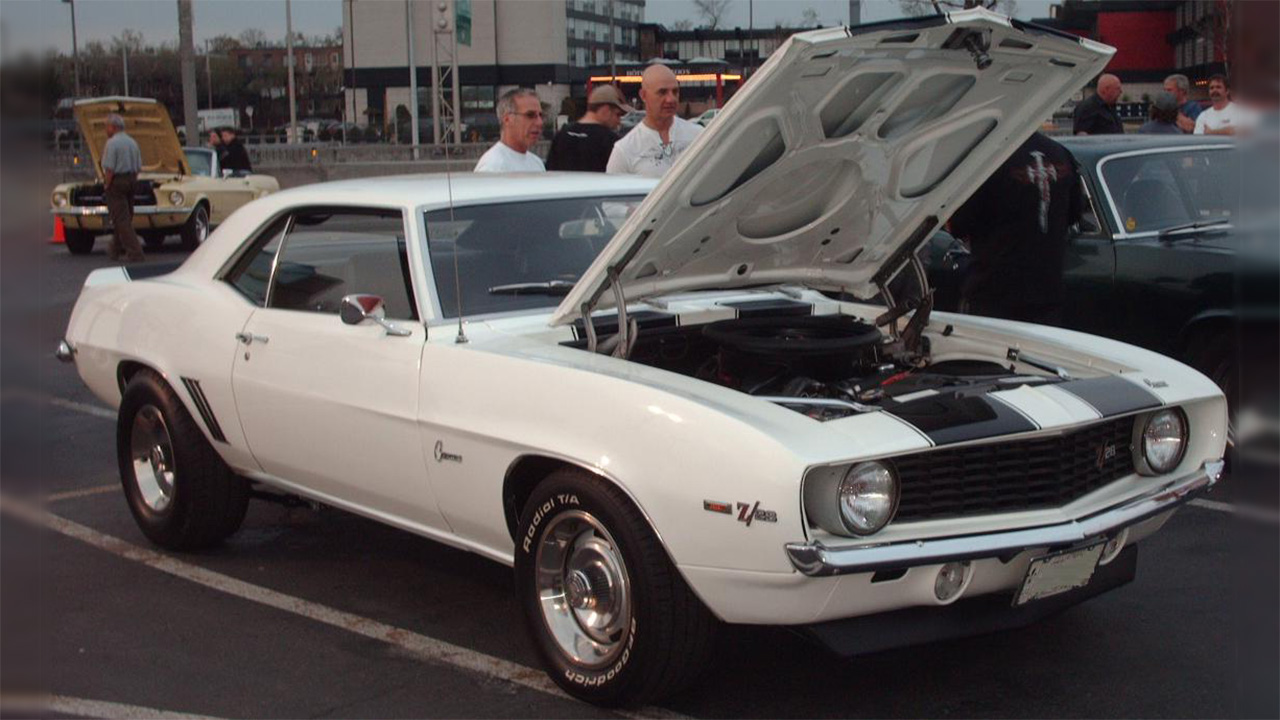
Preserving the originality of 302 Small Block-equipped vehicles is crucial for maintaining their value and historical significance. Collectors and enthusiasts are often advised to use period-correct parts during restoration to ensure authenticity. Common restoration practices include maintaining the original engine components, bodywork, and interior, as well as documenting the car’s history and any modifications made over time.
Like Fast Lane Only’s content? Be sure to follow us.
Here’s more from us:
*Created with AI assistance and editor review.



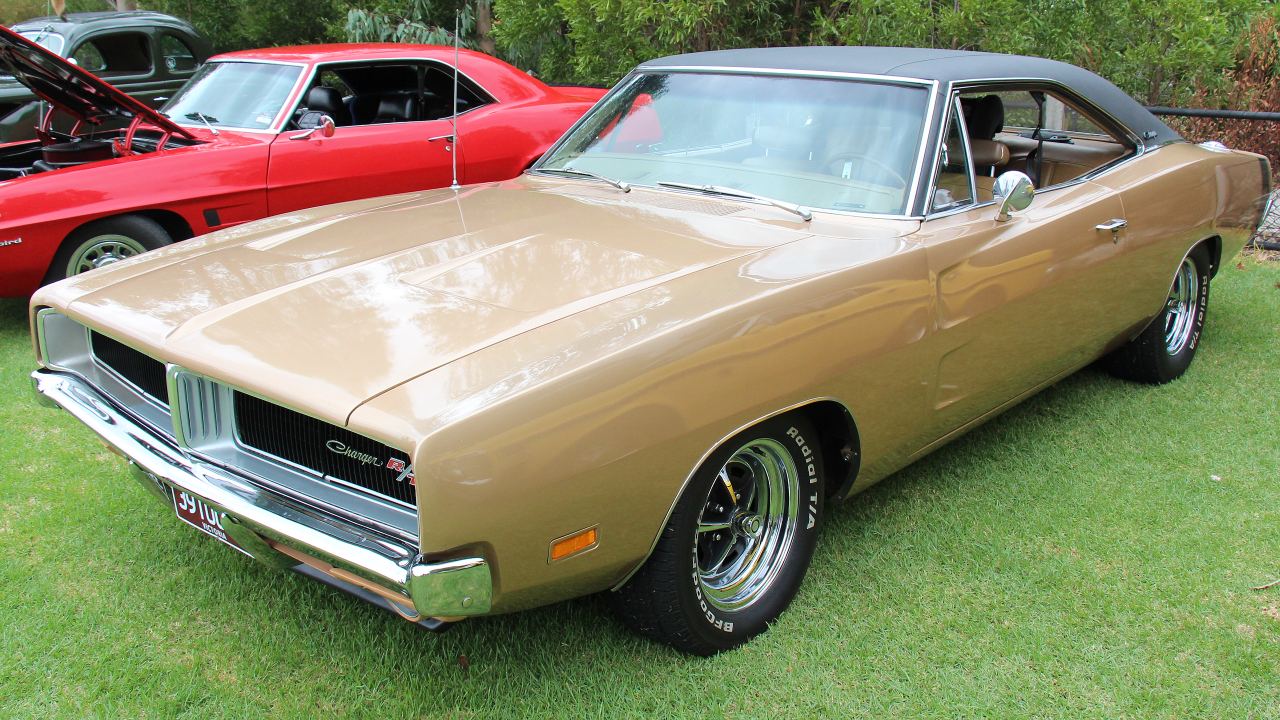
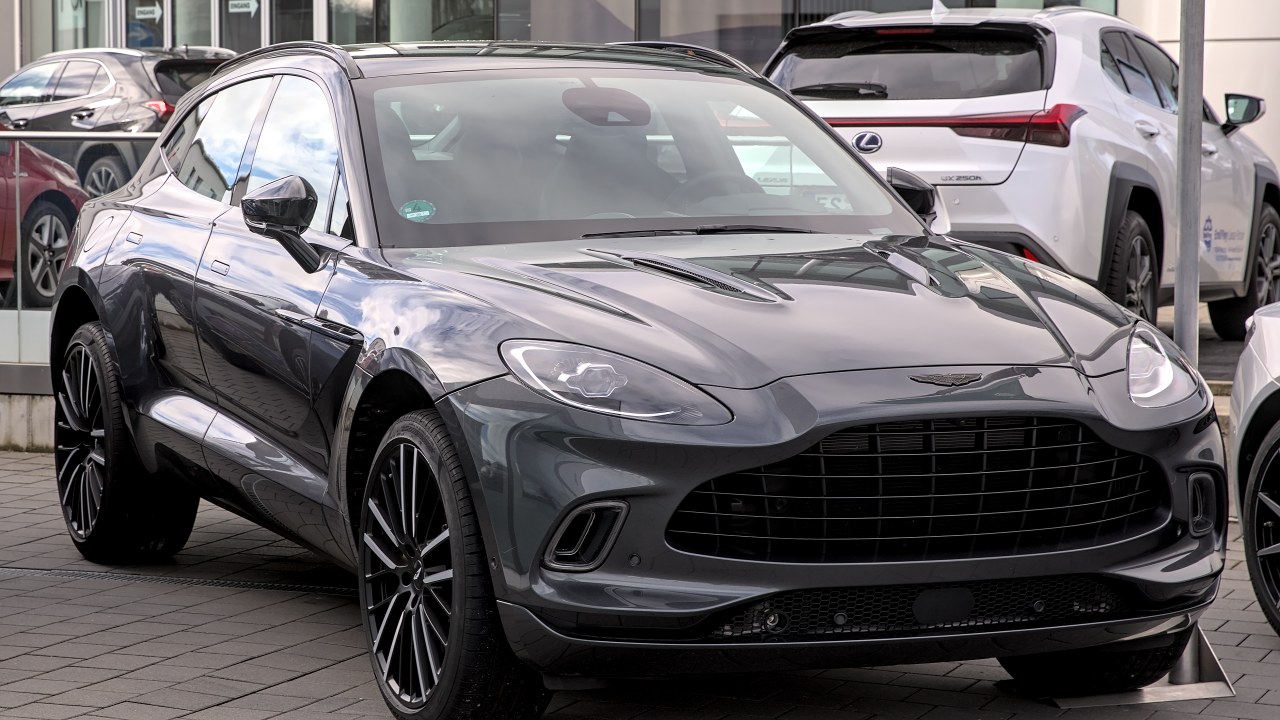
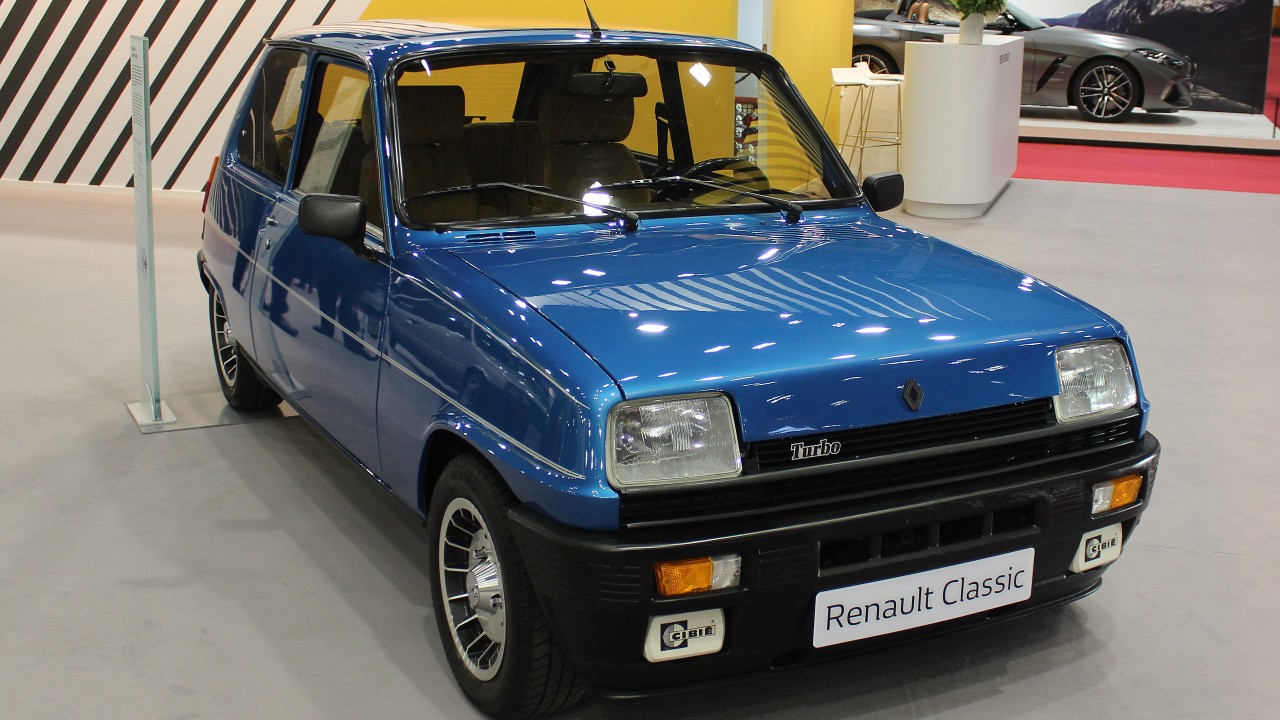
Leave a Reply